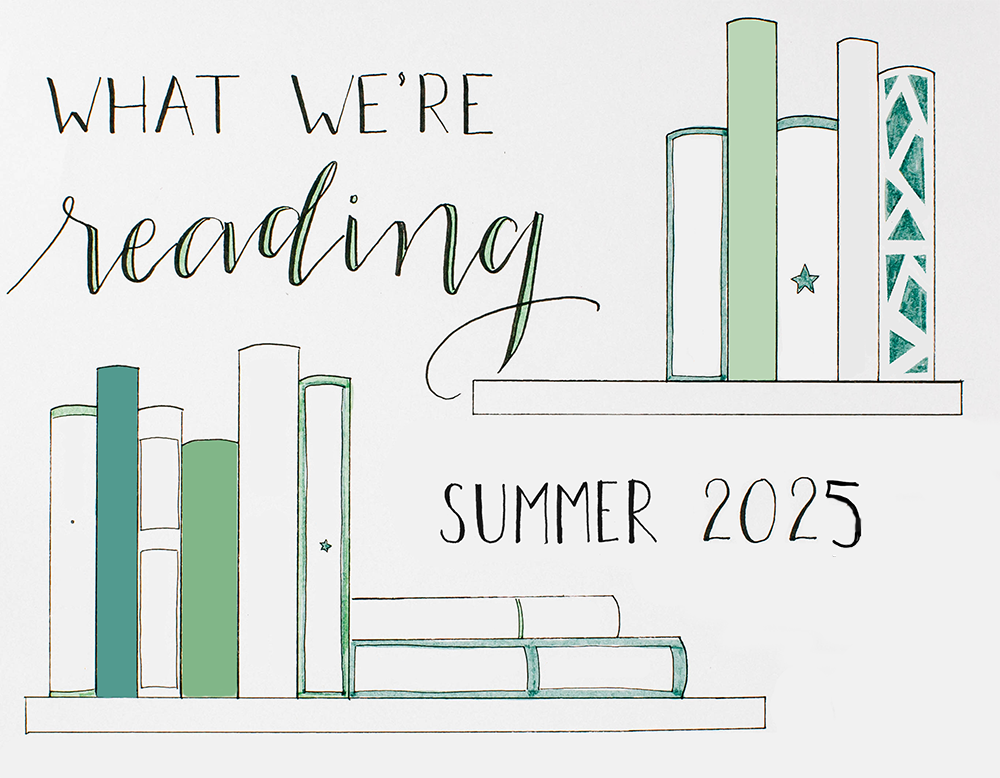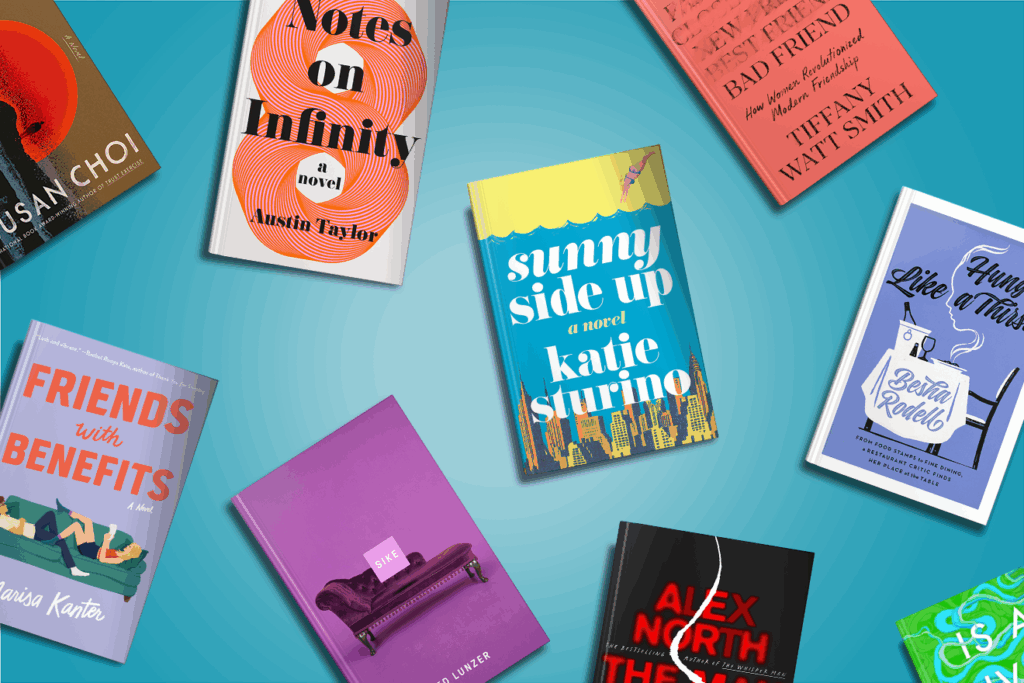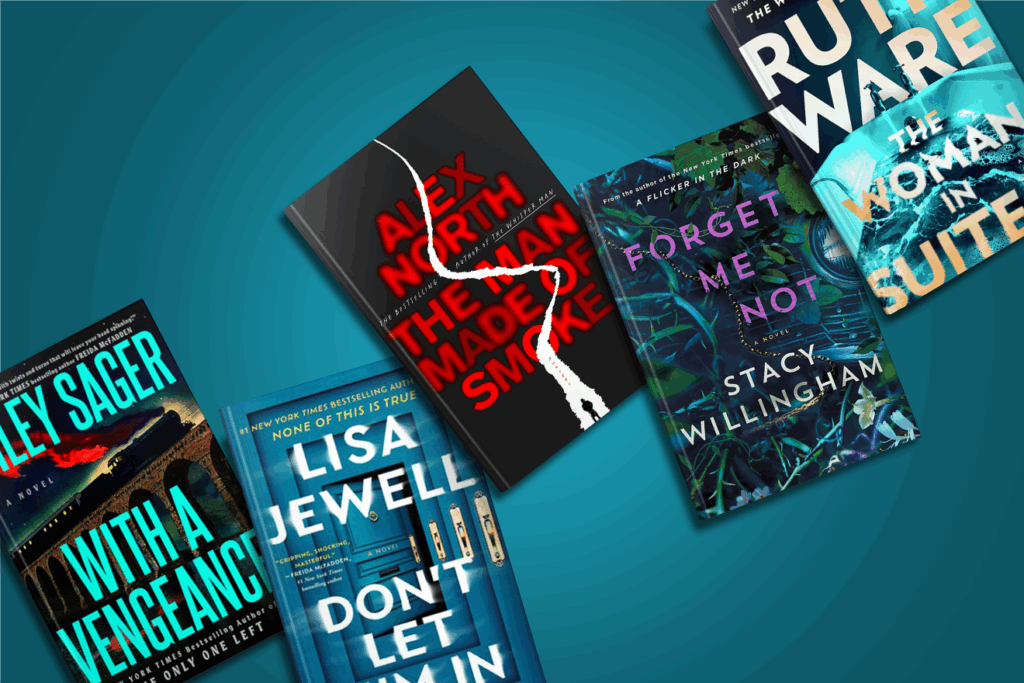You’ve done your due diligence before submitting your work to a literary journal—you’ve carefully reviewed the guidelines and formatted your piece accordingly, you’ve grammar-checked the thing to death, and you’re familiar with the caliber and style of work the journal publishes. But you still have a long way to go before your work is accepted, or even read all the way through, for that matter. Here are some common red flags that stop readers and editors in their tracks and move on to the hundreds of other submissions behind yours.
1. We’re lost before we begin
Starting in the middle of the action can work, but keep in mind that even though you can see it all clearly in your head, we see a blank canvas. Paint something to ground us in the world: Where are we? What’s it like? What’s around? Who are we following? This doesn’t mean you should give the entire scenario to us right away, but we need some kind of picture as the action begins, which continues to develop.
Read more: Submitting Your Work to a Lit Mag? Follow These 5 Steps
2. It’s too much too soon
At the same time, you don’t want to throw a bunch of information at the reader. My publication recently rejected a story that opened with an entire paragraph filled with a litany of equipment names and technical jargon. The same rule applies to characters: don’t give us too many at once. Feed us each one—the body it belongs to, the way they speak—until we can see them clearly and distinctly from one another.
3. Nothing happens
This sounds obvious, but you’d be surprised how often we get stories entirely composed of people having a clever conversation in a bar. Check dialogue longer than two lines: is it moving the plot forward or revealing character? If not, the story may be stalling… and our attention with it.
4. Basic writing violations
The most common violations we see are unnecessary verbs other than “said” (the dialogue should speak, ahem, for itself); too many mundane actions that add nothing to the plot or character (“She walked to the hall and put down her purse.”); too many abstract descriptions (“It was a hot day.”); and overwriting (smells are always curling around nostrils; drinking any kind of liquid is often so over-described it’s like every character is on acid). Of course, sometimes rules can be broken for compelling artistic reasons, but we need to feel you in command of the rule-breaking—it needs to work for the story.
Read more: The 5 Best Places to Submit Your Short Stories
5. Throat clearing
When I was in grad school workshops, every one of my stories came back with slashes through the opening sentences—once, a full page and a half. “Throat clearing,” my professors wrote in the margins. It means you’ve stalled the picture-painting or the action with some kind of interior monologue. When you read your work, what’s the first sentence that you’re excited about, that tightens your stomach, that races your pulse? Try opening the story there and see what happens.
6. We’ve seen it all before
Yes, there are only a finite number of stories, but there are infinite ways to tell them. Make us see an old story in a new way. That means you might use unexpected details, unusual contradictions in a character, or a distinct narrative voice. Be suspicious of anything that, when you write it, sounds like something you’ve heard before or makes you feel safe. (Even “avoid clichés” has become cliché.) Have fun and surprise yourself—it will probably make for more riveting reading.
When an editor reads your full submission—even if it’s not accepted—you’re more likely to earn an encouraging and personal rejection note rather than a hasty, impersonal, form letter. Why is that a good thing? A “soft” rejection lets you know you’re on the right path and to keep going, keep honing your craft and submitting, and that an acceptance is right around the corner.
Erin McReynolds is the online fiction editor at American Short Fiction. She is the former managing editor of Audible Range, Audible’s online magazine that she helped create. Erin has an MFA in Creative Writing from Queens University of Charlotte; her work has appeared in North American Review, Memoir Journal, Split Lip, Parhelion, and others.



